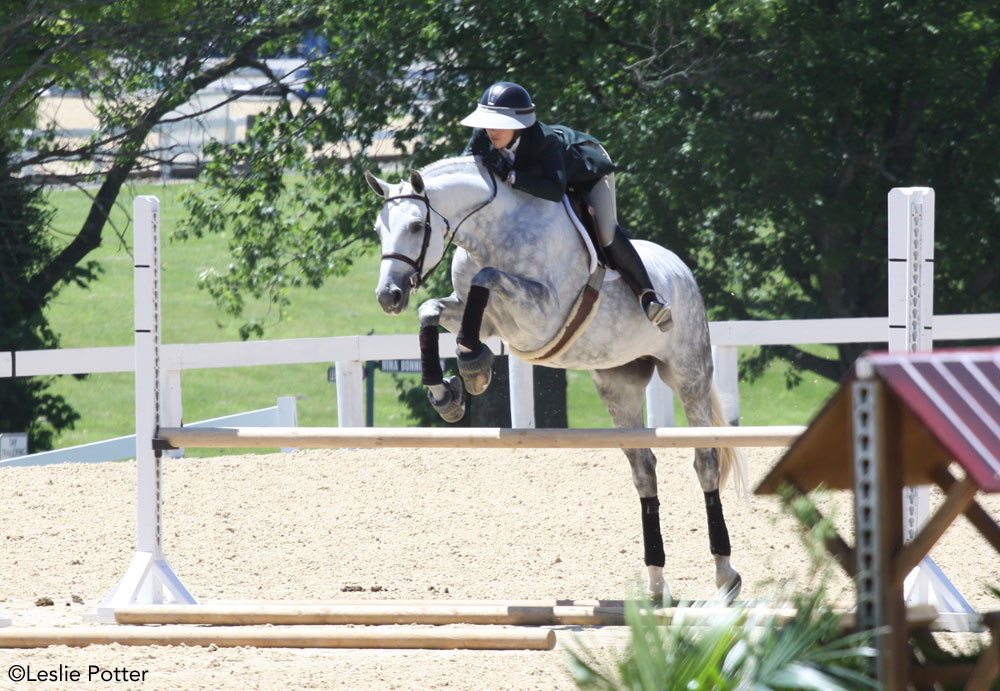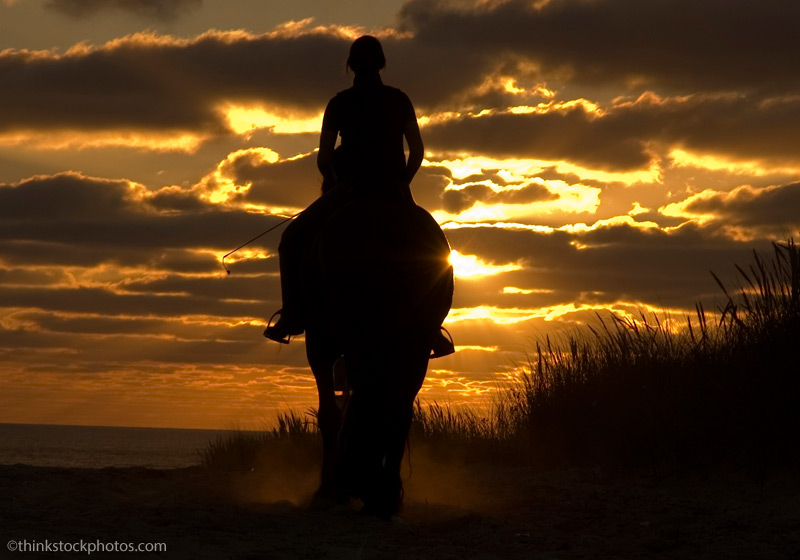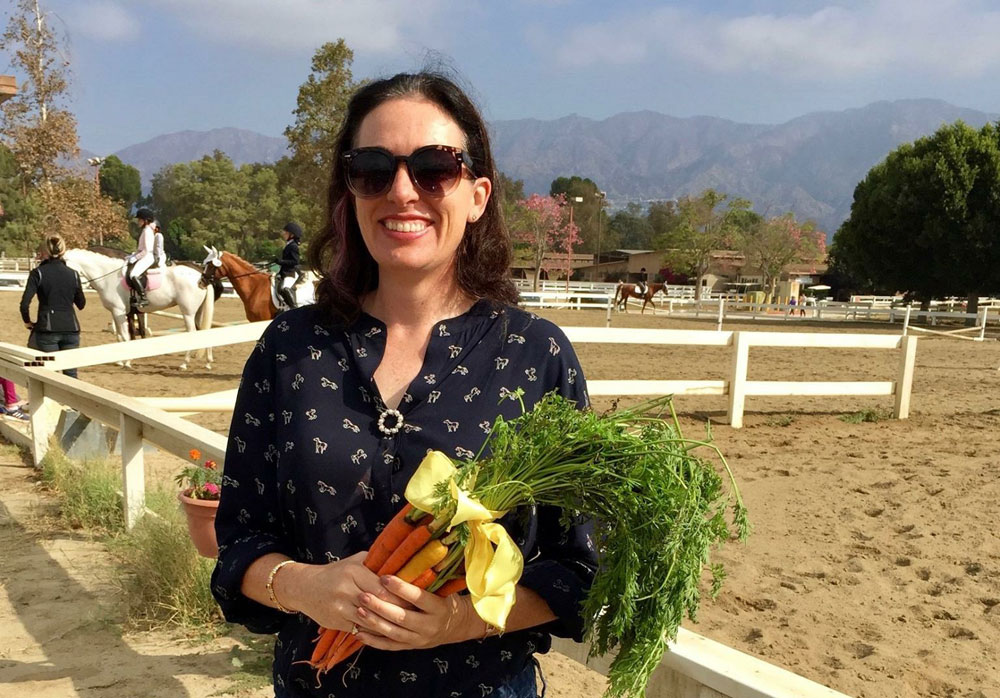As a horse rider, you could be at a high risk of getting sunburn, read these tips by Tori English to learn how to prevent sunburn and stay safe in the sun.
That is, until that first odd mole shows up on your shoulder, or a small sore on your face won’t heal. That’s what happened to Tori English.

“The first time I got skin cancer was when I was 27 years old,” says the riding instructor based in Southern California. “I went to the dermatologist and I found that that the sore was a basal cell skin cancer, so I saw a plastic surgeon and had surgery.”
Wait … first time?
Yes, skin cancer can occur multiple times in different areas on your body which is why rider sunburn should be
Skin Cancer Basics
There are three types of skin cancer:
- Basal Cell: The most common type; usually caused by exposure to the sun. These are typically found on the face, but can also be anywhere that gets a lot of sun exposure.
- Squamous Cell: The second most common type can potentially be lethal if left untreated.
- Melanoma: The third most common, melanoma, is more dangerous and even fatal.
All three types of skin cancer are caused by overexposure to ultraviolet (UV) rays. Unlike most cancers, skin cancer cannot be treated with chemotherapy and radiation. When a spot on the skin looks abnormal, a dermatologist will biopsy to determine if it is skin cancer or not.
Though the spots you see are tiny, skin cancer is a lot like an iceberg—it goes deep.
“You can usually have the spot cut out or frozen, but I always insist on having it cut out,” says Tori. “I’m a big proponent of never having any kind of skin cancer frozen. If it’s basal cell and you freeze it but there’s still a little bit of cancer left, it’s not a big deal, because basal cell isn’t going to kill you. However, if it’s squamous cell and the freezing doesn’t destroy it all, it’ll continue to grow under the skin, and that could be a problem for you down the road.”
She goes on to explain that though the spots you see are tiny, skin cancer is a lot like an iceberg—it goes deep.
Risk Factors
Tori knows that she has a predisposition to skin cancer for many reasons, which include her fair skin and her active lifestyle.
“I grew up in Southern California, doing a lot of horseback riding and going to the beach,” she says. “I hated wearing sunscreen, yet I’m extremely pale. I just got way too much sun and I didn’t protect myself.”
According to the Center for Disease Control, other risk factors for skin cancer include:
- Family history of skin cancer
- A history of sunburns, especially early in life
- Skin that burns, freckles, reddens easily, or becomes painful in the sun
- Blonde or red hair
Limiting Exposure
In an effort to help fight the threat of overexposure, the National Weather Service and the Environmental Protection Agency developed a UV index, which can forecast the risk of overexposure. The scale ranges from 0 to 15. The higher the level, the higher risk of overexposure. The index is one tool Tori uses to limit her exposure to the sun.
“Because I own a riding school, I spend most of my time outside, but I’m smart about it,” says Tori. “I typically ride at 9 in the morning. I go running early in the morning, like 6:30, and mostly in the shade.”

As a rider, Tori wears high SPF sunblock and a big brim on her helmet or a large-brimmed hat while not riding to aid in preventing sunburn. Riding clothing companies offer lightweight, long-sleeved shirts with UV protection that will aid in preventing sunburn. Clothing like this is made from a performance fabric designed to wick away sweat to keep you cool and block UV rays.
“Using proper application of UVB- and UVA-blocking sunscreen and avoiding the sun’s direct rays at all costs is your best defense against the damage the radiation can cause,” says Steven Wang, M.D., director of dermatology at Memorial Sloan-Kettering Cancer Center in Basking Ridge, N.J.

And while you’re wearing a wide-brimmed hat, it’s still important to wear UVA/UVB blocking sunglasses to protect your eyes from damage as well.
Most important: be observant. Tori sees her dermatologist on a routine basis. Typically patient visits might be every six months, but because of Tori’s history, she sees her doctor every three to four months.
“I’m very diligent about my skin,” she admits. “I had extraordinarily unflattering photos taken of my entire body—every single freckle, mole and spot. My doctor then goes over the photos and compares every single spot to make sure there’s no change in shape, size or color.”
Continue to Enjoy the Outdoors
Just because she’s had around 30 cases of skin cancer in her lifetime, Tori doesn’t let that affect her time enjoying the outdoors and her horses. “Just be diligent about applying sunscreen before you go outside and reapply after you’ve been outside,” she says. “I think most people forget about reapplying sunscreen. It’s really important because when you’re outside you start to sweat, and when you sweat, you lose the sunscreen.”
She advises to start skin cancer prevention early with children. Tori has free sunscreen for all her clients at the front desk as soon as they check in.
“What they say is most of the skin cancer you have as an adult is from sunburns and the sun exposure you had as a kid,” Tori explains. “So it’s very important to watch out for children’s sun exposure—their skin is so vulnerable. It’s really critical to get sunscreen on kids.”
Taking the Mystery out of SPF
When you’re shopping for sunscreen, you’ll notice numbers on the bottles ranging from SPF 8 to 80+. For equestrians who are active and outside year-round, what’s the magic number?
Sun protection factor (SPF) is the description for how well the sunscreen protects your skin from the sun’s ultraviolet (UV) radiation. This radiation hits the earth in the form of UVA and UVB rays.
Proper application is essential to get sunscreen’s full SPF effect. Experts recommend no lower than 30 to 50 SPF for sunscreen.
While both types are damaging, UVB rays are the primary cause of sunburn, so SPF refers to the amount of protection from the UVB rays your sunscreen offers. For comparison, an SPF 15 sunscreen blocks 93 percent of UVB rays; an SPF 30 sunscreen blocks nearly 97 percent of UVB rays. However, that’s only if you apply the sunscreen correctly.
Proper application is essential to get sunscreen’s full SPF effect. Experts recommend no lower than 30 to 50 SPF for sunscreen. Most adults need at least one ounce of sunscreen, which is about the amount that will fit in the palm of your hand.
It takes about 15 minutes for your skin to absorb the sunscreen, so be sure to apply at least 15 to 20 minutes prior to going outside; then reapply throughout the day.
This article about rider sunburn originally appeared in the May 2018 issue of Horse Illustrated magazine. Click here to subscribe!
Further reading:





